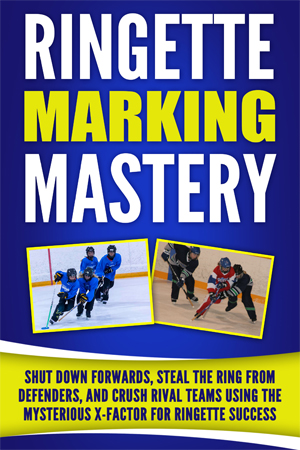
Ringette Marking Mastery Online Training Instruction
The Mysterious 'X-Factor' in Ringette: How To Shut Down Forwards, Steal The Ring From Defenders, and Guarantee Wins Through Massive Ring Possession
The Completion Level of Your Training.
0%
